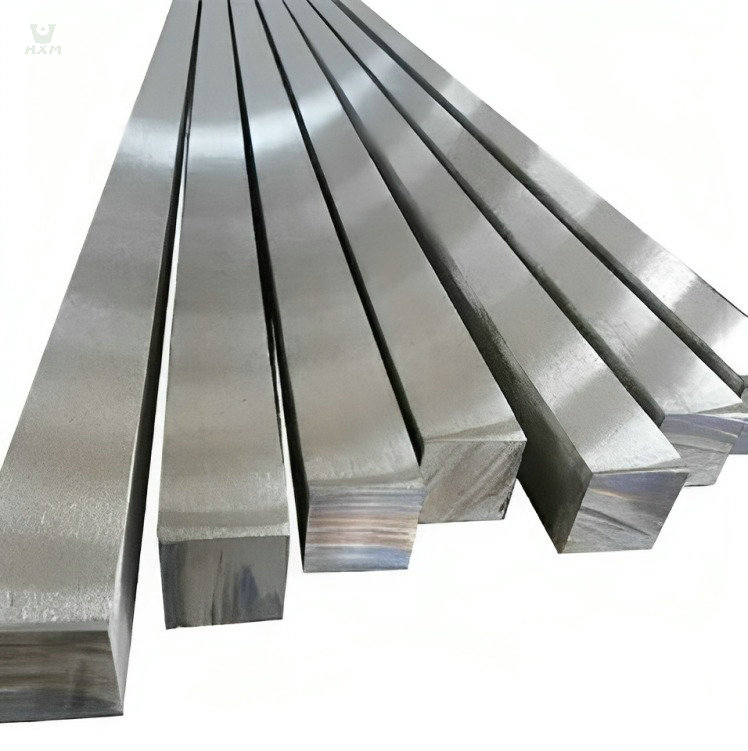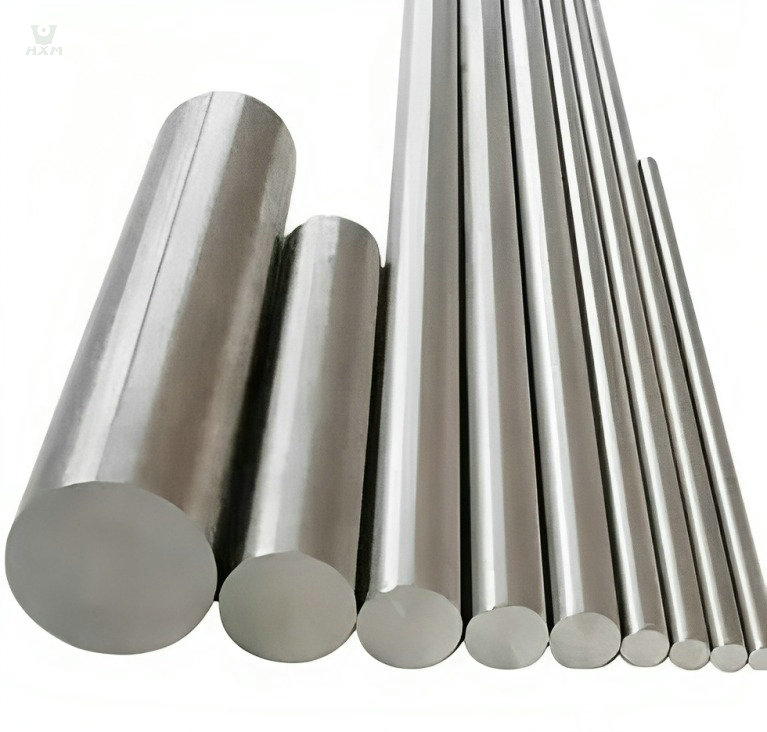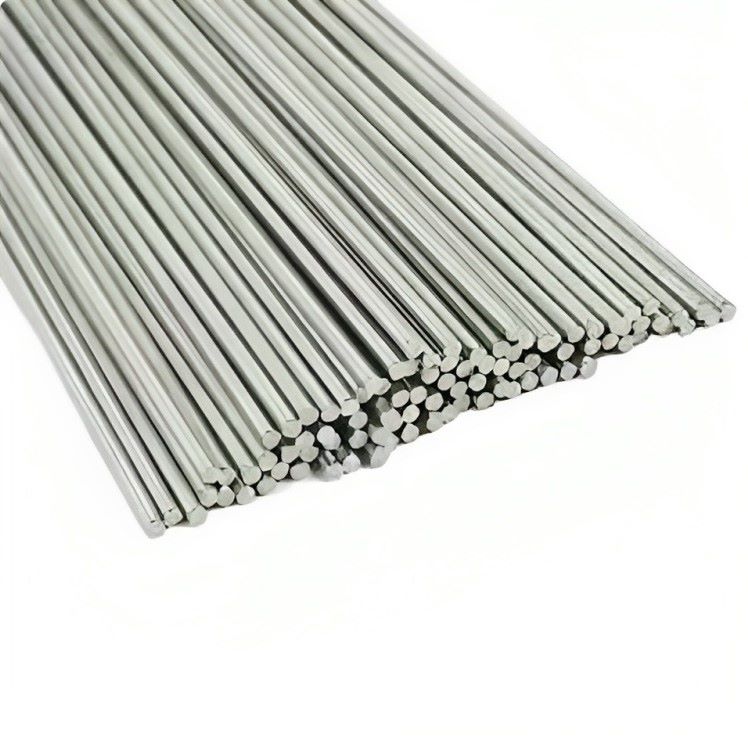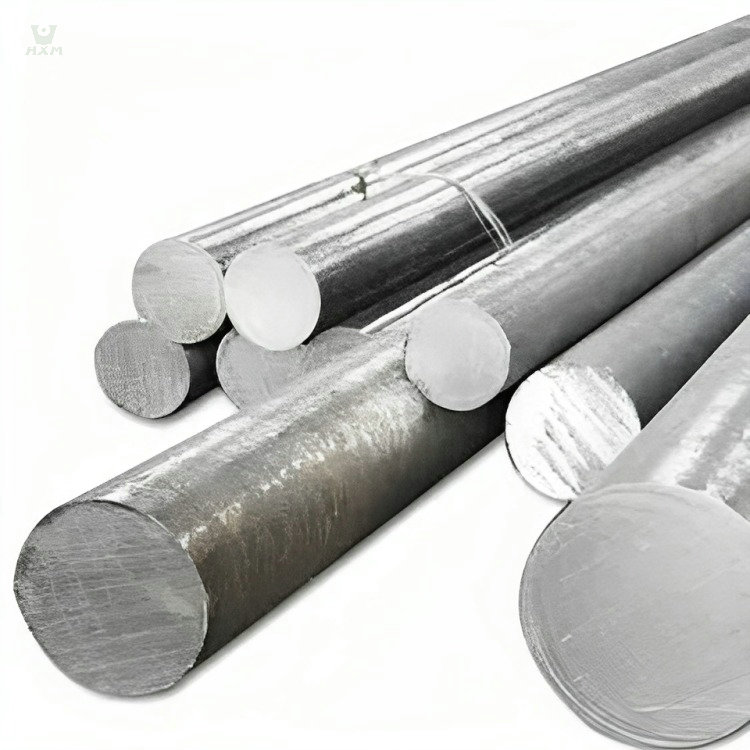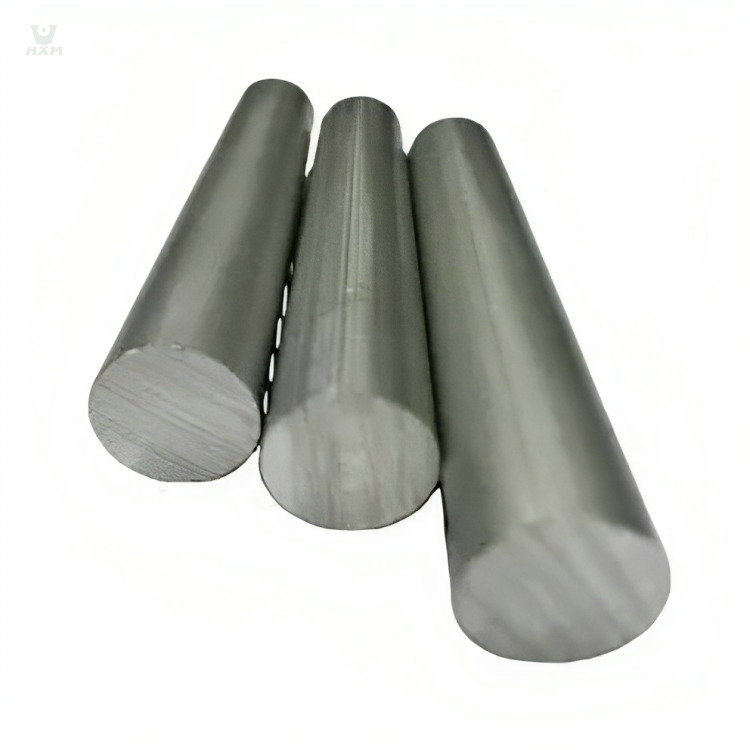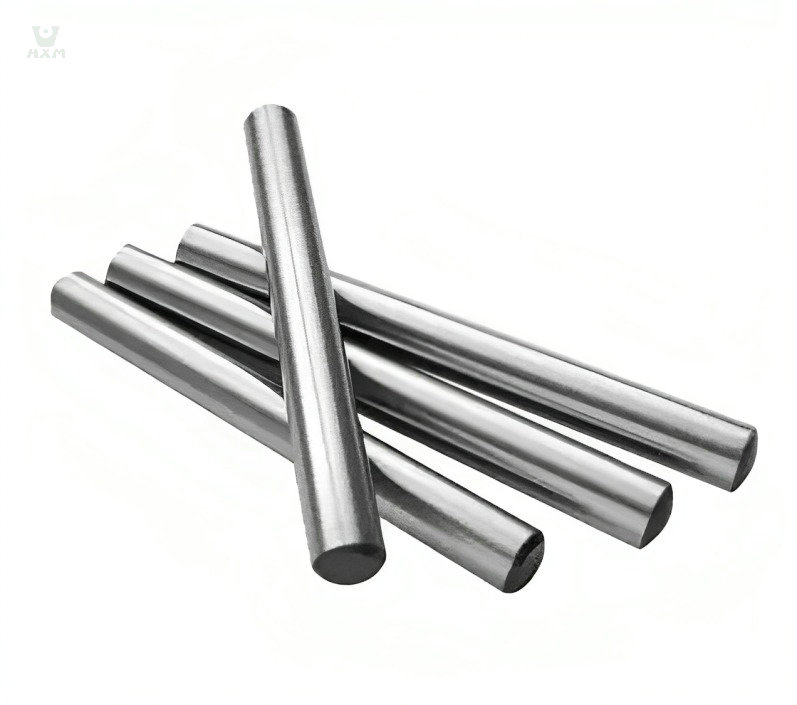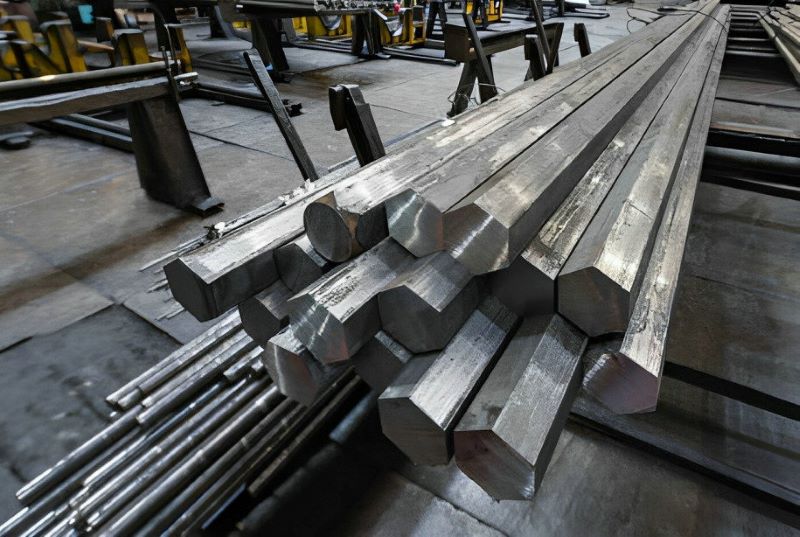
304L Stainless Steel Bar Supplier
Diameter: 3mm-480mm, 1/8″ to 2 1/4″
Standard: GB1220, ASTM A484/484M, EN 10060/ DIN 1013 ASTM A276, EN 10278, DIN 671
Main Grade: 201, 304, 316, 316L, 310s, 430
Finish: Black, NO.1, mill finish, cold draw, H9, H11
product description of 304L stainless steel bar
The 304L stainless steel bar, also known as UNS S30403, is a widely used austenitic alloy known for its exceptional corrosion resistance. It belongs to the stainless steel family and is recognized for its versatility and cost-effectiveness. The ‘L’ designation signifies a lower carbon content, enhancing its corrosion protection during welding. Comprising iron, 18% chromium, and 8% nickel, it offers excellent strength, formability, and corrosion resistance. Notably, it remains non-hardenable through heat treatment. This material is an ideal choice for various applications demanding durability and corrosion resistance.
specification of 304L stainless steel bar
chemical composition of 304L stainless steel bar
| Element | Mass Percentage |
|---|---|
| Carbon (C) | ≤ 0.030% |
| Silicon (Si) | ≤ 0.75% |
| Manganese (Mn) | ≤ 2.00% |
| Phosphorus (P) | ≤ 0.045% |
| Sulfur (S) | ≤ 0.030% |
| Chromium (Cr) | 18.0% – 20.0% |
| Nickel (Ni) | 8.0% – 12.0% |
| Molybdenum (Mo) | ≤ 0.10% |
| Iron (Fe) | Remainder |
physical property of 304L stainless steel bar
| Property | Value |
|---|---|
| Density | 8.00 g/cm³ |
| Melting Point | 1400-1450°C (2552-2642°F) |
| Thermal Conductivity | 16.2 W/(m·K) at 100°C (212°F) |
| Specific Heat Capacity | 500 J/(kg·K) at 0-100°C (32-212°F) |
| Electrical Resistivity | 0.73 μΩ·m at 20°C (68°F) |
| Thermal Expansion | 17.3 μm/m·K (0-100°C) (32-212°F) |
| Modulus of Elasticity | 193 GPa (28.0 x 10^6 psi) |
| Poisson’s Ratio | 0.29 |
| Magnetic Properties | Non-magnetic |
mechanical property of 304L stainless steel bar
| Property | Value |
|---|---|
| Tensile Strength | 485 MPa (70,336 psi) |
| Yield Strength (0.2% Offset) | 170 MPa (24,656 psi) |
| Elongation at Break | 40% |
| Hardness (Brinell) | 201 (typical) |
| Hardness (Rockwell B) | 92 (typical) |
| Shear Modulus | 86 GPa (12,486,572 psi) |
| Impact Strength | 74 J (54.6 ft-lb) at -196°C (-321°F) |
characteristics of 304L stainless steel bar
The distinguishing feature of the 304L stainless steel bar lies in its “Lower Carbon Content.” This characteristic is a result of the notably reduced carbon content, typically below 0.03%, in comparison to standard 304 stainless steel. This lower carbon content is denoted by the ‘L’ designation and plays a crucial role in enhancing the material’s welding performance. Carbon tends to form carbides, particularly during welding, which can diminish corrosion resistance. In 304L, the reduced carbon content minimizes carbide formation, making it an ideal choice for welding applications where corrosion resistance is paramount. Despite its low carbon content, 304L maintains its strength, formability, and processability, making it a versatile choice across various industries, particularly in scenarios demanding exceptional corrosion resistance and welding capabilities.
An austenitic alloy, such as the 304L stainless steel bar, is a type of metallic material characterized by its crystal structure predominantly composed of austenite. Austenite is a specific crystalline arrangement of atoms that imparts several notable properties to the alloy. It is known for its exceptional corrosion resistance, particularly in aggressive environments, making it a preferred choice for various industrial applications. Additionally, austenitic alloys are not hardenable through heat treatment, but they exhibit good strength and formability, making them versatile materials in the world of metallurgy and engineering.
Chromium and nickel, key components of the 304L stainless steel bar, play pivotal roles in defining its properties. Chromium, constituting 18% of the alloy, provides superior corrosion resistance, forming a protective oxide layer on the surface that shields against various corrosive agents. Nickel, composing 8% of the alloy, enhances the material’s ductility and toughness while further contributing to corrosion resistance. This combination of chromium and nickel results in a durable and corrosion-resistant stainless steel, ideal for applications where both strength and protection against corrosion are essential.
The 304L stainless steel bar is renowned for its unique combination of strength and formability. This alloy exhibits good tensile strength, with a typical value of 485 MPa (70,336 psi), ensuring its capability to withstand mechanical stresses. Simultaneously, it offers exceptional formability, allowing it to be easily shaped, bent, and fabricated into various configurations without sacrificing its structural integrity. This balance of strength and formability makes 304L stainless steel a versatile choice for applications that demand both robustness and the ability to be intricately shaped or formed to meet specific design requirements.
Corrosion resistance is a hallmark attribute of the 304L stainless steel bar. This alloy boasts outstanding resistance to corrosion, making it highly resilient in corrosive environments, including exposure to chemicals, moisture, and various corrosive agents. Its ability to form a protective chromium oxide layer on its surface acts as a shield against corrosion, ensuring long-term durability. Notably, this resistance extends even to the welding areas, making 304L an excellent choice for applications where both structural integrity and corrosion protection are paramount, such as in chemical processing, marine environments, and food handling equipment.
application of 304L stainless steel bar
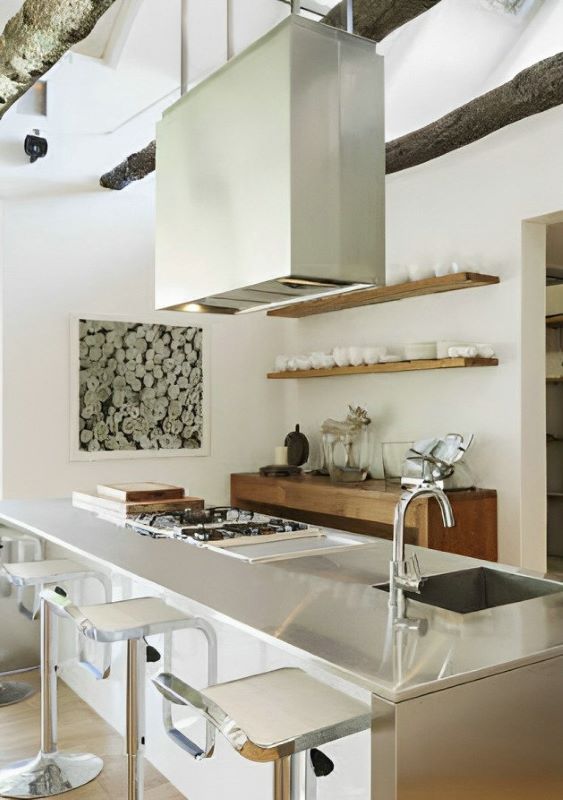
Kitchen Benches, Sinks, Troughs, Equipment, and Appliances
304L stainless steel bars find extensive use in kitchen applications, including benches, sinks, troughs, equipment, and appliances. This is primarily due to their exceptional corrosion resistance and ease of cleaning, which are essential attributes for maintaining hygienic surfaces in food preparation environments. In kitchen sinks and countertops, 304L stainless steel ensures longevity by resisting the corrosive effects of water and cleaning agents. It also withstands the wear and tear associated with kitchen equipment and appliances. Furthermore, its non-porous surface prevents the growth of harmful bacteria, meeting stringent hygiene standards. Its durability and aesthetic appeal make it a preferred choice for modern kitchens, where functionality meets style.
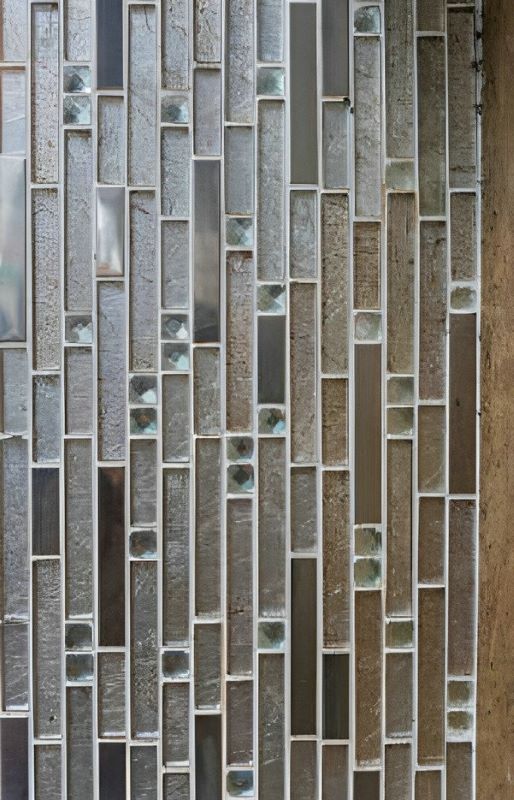
Architectural Paneling, Molding, Trim, and Other Details
The 304L stainless steel bar plays a pivotal role in architectural applications, adorning spaces with its versatile and aesthetic qualities. It is widely employed in architectural paneling, molding, trim, and various other decorative details. Its enduring popularity stems from its ability to enhance the visual appeal of architectural elements, thanks to its sleek and modern appearance. The lustrous finish and corrosion-resistant properties of 304L stainless steel ensure that it maintains its elegance over time. Whether used as an exterior cladding material, a decorative trim, or intricate moldings, it lends a timeless and sophisticated touch to architectural designs, making it a preferred choice for projects where aesthetics meet functionality.
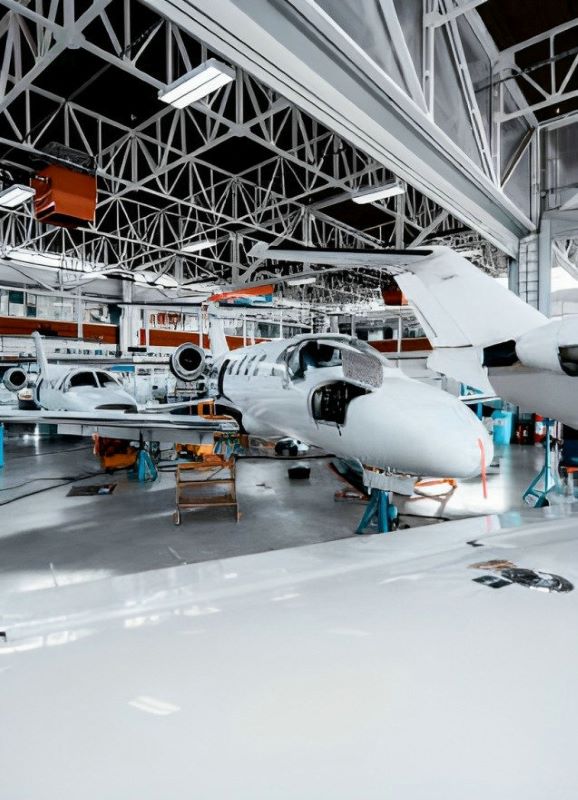
Automotive and Aerospace Structural Use
In the realms of automotive and aerospace engineering, the 304L stainless steel bar serves as an indispensable material for structural components. Renowned for its robustness, durability, and resistance to corrosion, it plays a critical role in ensuring the structural integrity and longevity of vehicles and aircraft. In automotive applications, it finds its place in chassis components, exhaust systems, and various structural elements, where its strength and corrosion resistance withstand the rigors of the road. Similarly, in aerospace, 304L stainless steel is employed for critical structural parts, such as aircraft frames and components, where its exceptional strength-to-weight ratio and resistance to environmental factors are vital for flight safety and longevity, making it a cornerstone material in these industries.
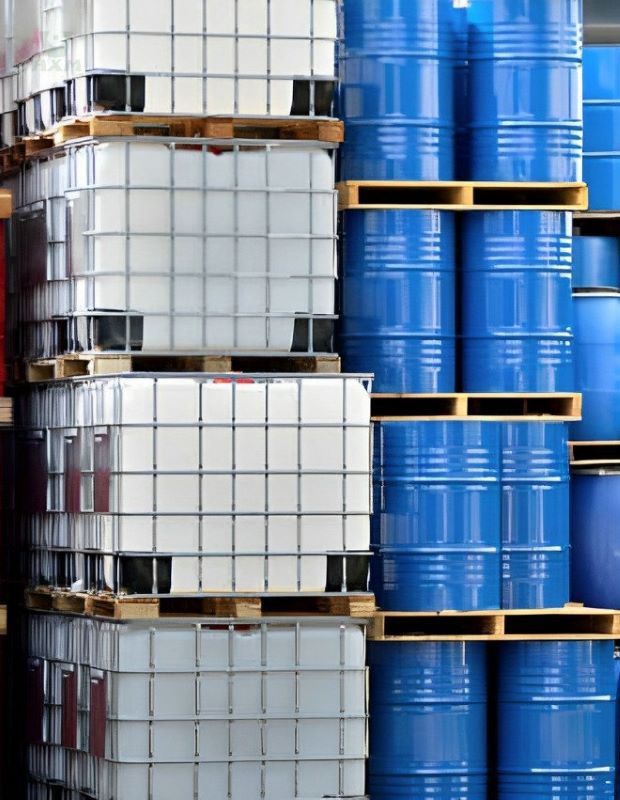
Chemical Containers for Transport
The 304L stainless steel bar assumes a crucial role in the realm of chemical containers for transport, where the highest standards of material reliability and safety are paramount. Its selection is driven by its exceptional ability to withstand a wide spectrum of chemical substances, making it the ideal choice for the construction of containers used in transporting hazardous materials. Its corrosion resistance and durability ensure that the integrity of these containers remains uncompromised during transit, minimizing the risks associated with chemical exposure and leakage. Whether in the transportation of corrosive liquids, industrial chemicals, or hazardous materials, the 304L stainless steel bar's resilience and resistance to chemical corrosion contribute to the safe and secure transport of critical cargoes.
FAQ
The differences between 304L stainless steel and 304 stainless steel bars lie primarily in their carbon content. Both 304L and 304 are part of the austenitic family of stainless steels, characterized by their high chromium (18%) and nickel (8%) content, which impart excellent corrosion resistance.
However, 304L stainless steel contains a lower carbon content than standard 304 stainless steel. The ‘L’ in 304L denotes this lower carbon content, typically around 0.03% or less. This reduction in carbon minimizes the formation of chromium carbides during welding, a process known as sensitization. Sensitization can lead to reduced corrosion resistance in the heat-affected zones of welded joints.
As a result, 304L stainless steel bars are preferred for applications that involve welding, especially in environments where maintaining corrosion resistance is crucial. Standard 304 stainless steel bars are used in applications where welding is not a primary concern, and slightly higher carbon content is acceptable.
Huaxiao stainless steel bar supplier can provide both 304L and 304 stainless steel bars to meet specific project requirements, ensuring the right balance of corrosion resistance and weldability.
304L stainless steel bars are a popular choice for kitchen utensils due to several key factors, and Huaxiao stainless steel bar supplier can provide insights into this selection:
Corrosion Resistance: 304L stainless steel exhibits excellent corrosion resistance, making it ideal for use in kitchen environments where exposure to moisture, acidic foods, and cleaning agents is common. It resists rust and staining, ensuring the longevity of kitchen utensils.
Hygiene and Cleanliness: Its non-porous surface prevents the growth of bacteria and microorganisms, meeting stringent hygiene standards in food preparation. This property is crucial in kitchen utensils where cleanliness is paramount.
Ease of Cleaning: 304L stainless steel is easy to clean and maintain, allowing for quick and efficient cleanup of kitchen utensils. Its smooth surface doesn’t trap food particles, ensuring a hygienic cooking environment.
Durability: These stainless steel bars are highly durable, capable of withstanding the wear and tear associated with everyday kitchen use. They maintain their structural integrity over time.
Aesthetic Appeal: The sleek and modern appearance of 304L stainless steel adds an aesthetic touch to kitchen utensils, enhancing their visual appeal.
Non-reactive: 304L stainless steel is non-reactive with foods, ensuring that it won’t alter the taste or quality of the ingredients being prepared.
All of these attributes make 304L stainless steel bars a preferred choice for kitchen utensils, ensuring both functional excellence and aesthetic appeal in culinary settings.
Huaxiao stainless steel bar supplier can provide guidance on maintaining and cleaning 304L stainless steel bars to ensure their longevity and pristine appearance:
Maintenance:
Regular Cleaning: Wipe down the 304L stainless steel bars with a soft cloth or sponge regularly to remove surface dust and dirt.
Avoid Abrasives: Do not use abrasive materials or scouring pads, as they can scratch the surface and diminish its shine.
Directional Wiping: When cleaning, follow the grain of the stainless steel (if visible) to maintain its original finish.
Cleaning:
Warm Soapy Water: For routine cleaning, use a mixture of warm water and mild dish soap. Gently scrub the surface with a soft cloth or sponge.
Vinegar Solution: For tougher stains or water spots, mix equal parts of water and vinegar. Apply the solution, let it sit for a few minutes, and then wipe clean.
Stainless Steel Cleaners: Commercial stainless steel cleaners can be used for more stubborn stains or to restore shine. Follow the manufacturer’s instructions.
Rinse Thoroughly: After cleaning, rinse the surface thoroughly with clean water to remove any residue.
Dry Completely: Always dry the stainless steel bars with a clean, dry cloth to prevent water spots or streaks.
Avoid Harsh Chemicals: Do not use harsh chemicals, bleach, or abrasive cleaners, as they can damage the stainless steel.
By following these maintenance and cleaning practices, you can ensure that your 304L stainless steel bars remain in excellent condition, maintaining their appearance and functionality over time.
Huaxiao stainless steel bar supplier can provide insights into the weldability of 304L stainless steel bars:
304L stainless steel is highly weldable, thanks to its low carbon content. The reduced carbon content (typically around 0.03% or less) minimizes the formation of chromium carbides during welding, a process known as sensitization. Sensitization can lead to reduced corrosion resistance in the heat-affected zones of welded joints.
Due to its excellent weldability, 304L stainless steel is commonly used in applications that involve welding, such as the fabrication of various components, including kitchen utensils, architectural elements, and industrial equipment. It can be easily welded using common welding methods, including TIG (Tungsten Inert Gas) welding, MIG (Metal Inert Gas) welding, and shielded metal arc welding.
Welders often choose 304L stainless steel for its combination of corrosion resistance and ease of welding, making it a versatile material for various welding applications. Proper welding techniques and post-weld treatments can further enhance the corrosion resistance of the welded joints.
Pricing and availability of 304L stainless steel bars can vary based on several factors, and Huaxiao stainless steel bar supplier can provide specific information on this:
Market Conditions: Stainless steel prices are influenced by market conditions, including supply and demand dynamics, global economic factors, and geopolitical events. These factors can lead to fluctuations in pricing.
Quantity and Size: The price of 304L stainless steel bars may depend on the quantity ordered and the size or dimensions of the bars. Larger quantities may offer volume discounts.
Grade and Finish: Different grades and surface finishes of 304L stainless steel bars may have varying price points. For example, polished or specialty finishes may be priced differently.
Supplier: Prices can also vary between suppliers, and availability may depend on the supplier’s inventory and production capabilities.
Location: The cost of transportation and logistics can influence the final price, especially if the bars need to be shipped to a specific location.
To obtain accurate pricing and availability information for 304L stainless steel bars, it is advisable to contact Huaxiao stainless steel bar supplier directly. They can provide you with up-to-date pricing based on your specific requirements and market conditions.
Huaxiao stainless steel bar supplier can offer insights into the waste disposal and recycling practices associated with 304L stainless steel bars:
Waste Minimization: To minimize waste generation during production, stainless steel manufacturers aim to optimize the use of raw materials and reduce scrap. This includes efficient cutting and processing methods to maximize the yield of usable material.
Recycling: Stainless steel is a highly recyclable material. When 304L stainless steel bars reach the end of their useful life, they can be recycled by melting them down and reusing the material to produce new stainless steel products. Recycling helps conserve resources and reduce environmental impact.
Collection and Sorting: Recycling facilities collect scrap stainless steel, including 304L bars, from various sources. This scrap is sorted based on its composition and processed accordingly.
Melting and Refining: The collected stainless steel scrap is melted in furnaces at high temperatures. During this process, impurities are removed, and the stainless steel is refined to meet quality standards.
New Product Manufacturing: The refined stainless steel is then used to manufacture new products, including bars, sheets, and other stainless steel items. This closed-loop recycling process reduces the need for extracting new raw materials.
Environmental Regulations: Waste disposal and recycling practices are often regulated by environmental authorities to ensure that they meet environmental standards and do not harm the environment.
Recycling 304L stainless steel bars is an environmentally responsible practice that contributes to resource conservation and reduces the overall environmental footprint of stainless steel production. Huaxiao stainless steel bar supplier may also have information on their own recycling initiatives and sustainability practices.
Get In touch
Ready to Elevate Your Projects? Dive into our Stainless Steel Collection and Submit Your Specifications Today!
Phone/WhatsApp/WeChat:
+86 13052085117
Email: [email protected]
Address: RM557, NO.1388 Jiangyue Road, Shanghai China


